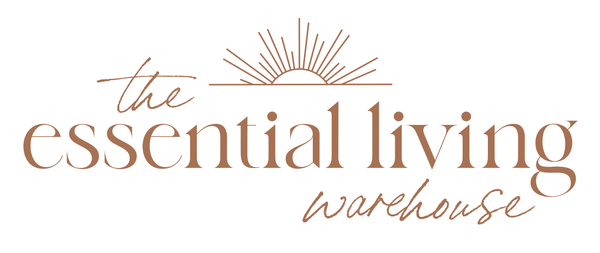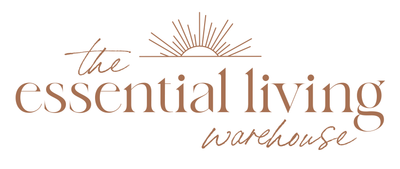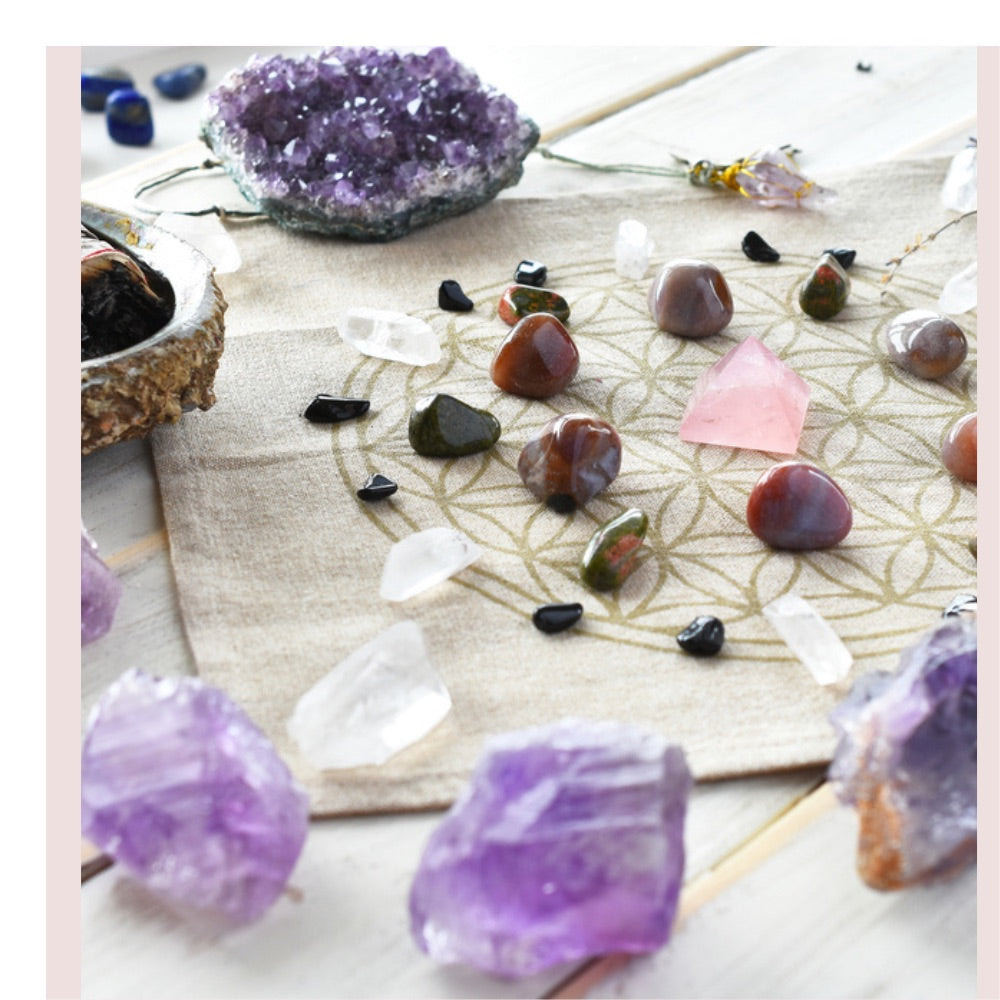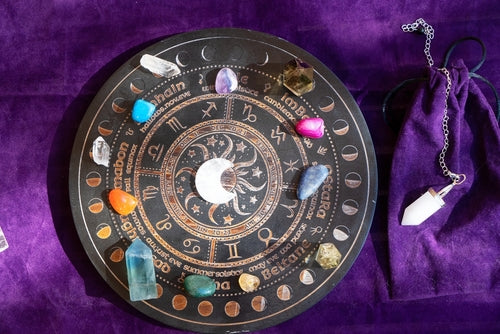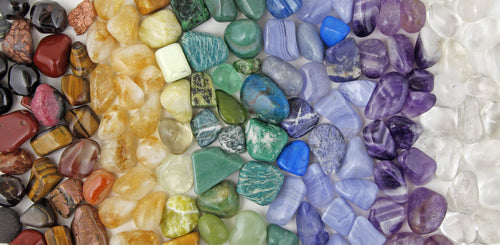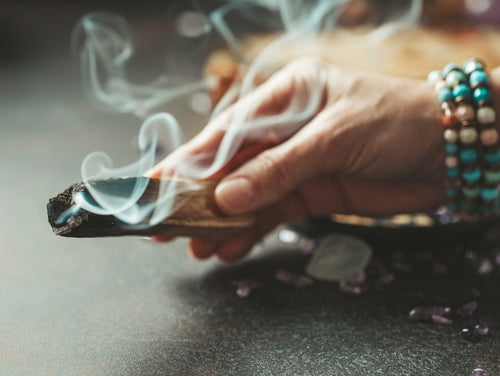The Art of Smudging: What It Is, When to Do It, and How to Get the Most Out of It
Introduction:
Smudging is an ancient spiritual practice that has been used for centuries by many cultures around the world.
The purpose of smudging is to cleanse and purify the energy of a person, place, or object. It can be used to help rid yourself of negative energy, to dispel bad luck, and to attract positive vibes.
In this post, we’ll discuss the spiritual benefits of smudging, what a smudge stick is, when to smudge, and how to use smudge sticks.
What is smudging?
Smudging is the ritual of cleansing and purifying objects, spaces and people with smoke. The smoke is usually created by burning herbs, resins, or woods.
Smudging has been used for centuries by many cultures as a way to cleanse and protect the body, mind and spirit. Some believe that smudging can help clear away negative energy and spirits, while others use it as a way to connect with the divine.
Smudging is a personal practice that can be tailored to meet your specific needs. There are no rules or set guidelines, so feel free to experiment and find what works best for you.
What are the benefits of smudging?
Smudging has a variety of benefits, both spiritual and physical.
Spiritually, smudging can be used to cleanse and purify a space. It can also be used to release negative energy and emotions, and to promote feelings of peace, calm, and positive energy.
Physically, smudging can help to clear the air of bacteria, viruses, and other pollutants. It can also help to soothe respiratory problems, allergies, and other ailments.
What is a smudge stick?
Smudge sticks are made up of dried plants and herbs that have been bound together with a natural twine. They're used to cleanse and purify the air, as well as to dispel negative energy and spirits.
Smudging is an ancient practice that has been used for centuries by different cultures all over the world. The smoke emitted by the smudge stick is said to have spiritual benefits, and is thought to help clear the mind, body, and soul.
When should you smudge?
The best time to smudge is when you feel like you need it. This might be when you've been feeling overwhelmed, stressed, or angry, or if you're dealing with any type of negative energy.
It's also a good idea to smudge when you're moving into a new home or office, before or after a yoga or meditation practice, or before you perform any type of healing work.
How do you use smudge sticks?
Once you have your smudge stick, you'll want to light it. Hold it near the flame until it begins to smoke, then blow out the flame. You can now use the smudge stick to cleanse your aura, space, and energy.
To cleanse your aura, hold the smudge stick about an inch away from your body and slowly walk around in a circular motion. Be sure to make contact with all of your Chakras.
To cleanse your space, light the smudge stick and walk around the perimeter of the room you're in, making sure to get into all of the corners.
Finally, to cleanse your energy, wave the smudge stick around in the air above your head.
What is smudging good for?
Smudging is a ritual that's been used for centuries for a variety of reasons - from spiritual cleansing to getting rid of negative energy.
There are many benefits to smudging, such as:
-Clearing away negative energy and spirits
-Bringing in positive energy
-Cleansing and purifying your space
-Preventing the accumulation of negative thoughts and emotions
-Helping to heal emotional wounds
-Attracting positive vibrations
-Promoting relaxation and peace
Conclusion:
Although smudging is often seen as a Native American tradition, people from all walks of life can benefit from the practice. If you’re new to smudging, start by reading up on the spiritual benefits of the practice and find an occasion when you can perform a smudging ritual. There are many different ways to smudge, so find one that feels comfortable for you and stick with it. As you continue to smudge, you may find that your connection to the practice deepens, and you may begin to experience the spiritual benefits first hand.
